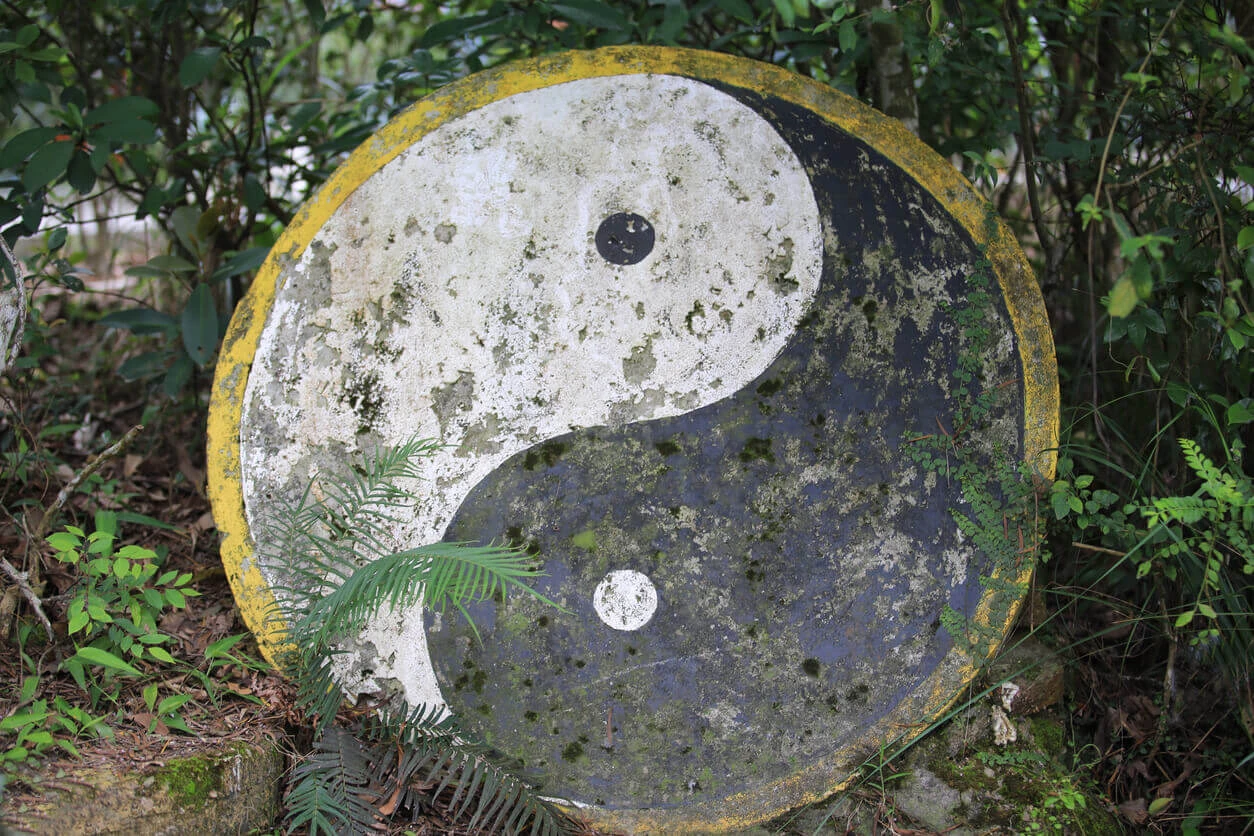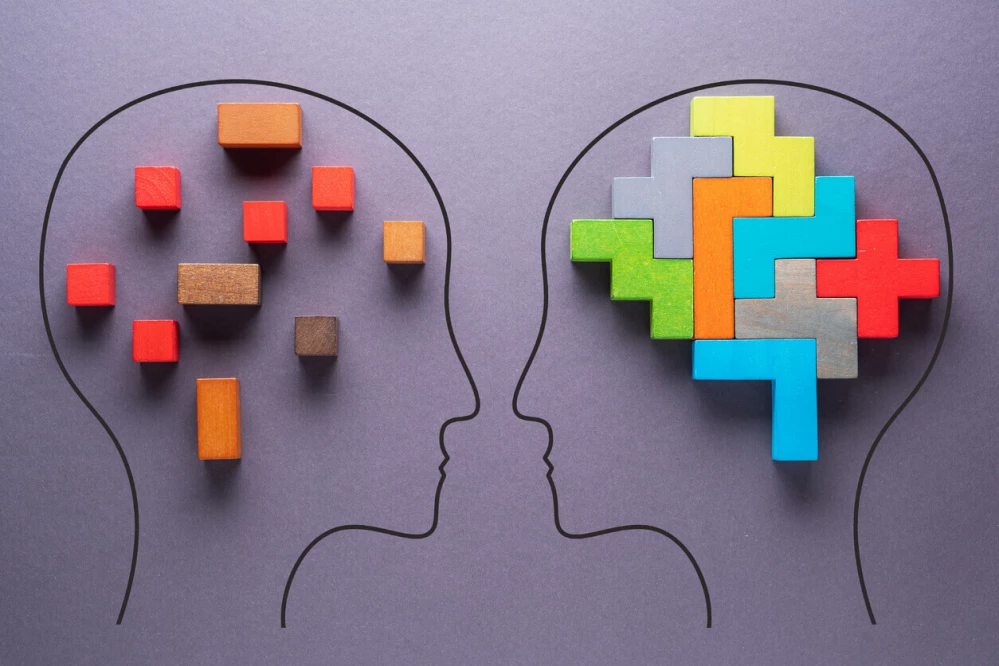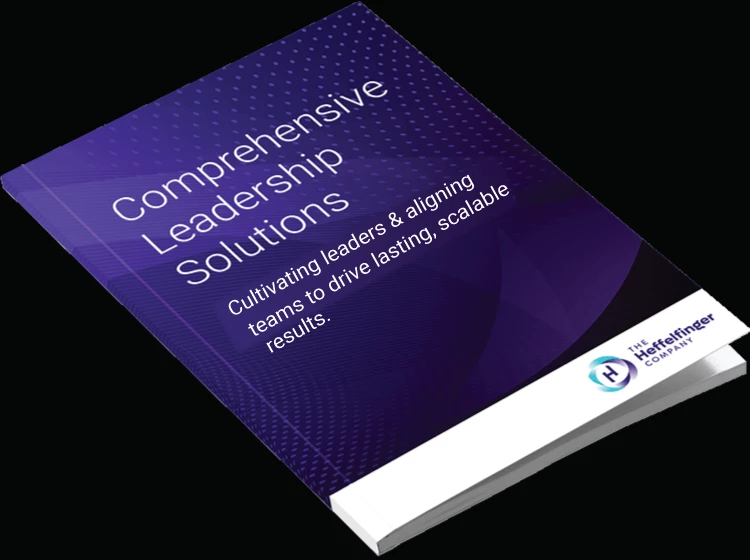"But there is no energy unless there is a tension of opposites, hence it is necessary to discover the opposite to the attitude of the conscious mind."
~ C.G. Jung
Introduction
This blog is the fourth in a series educating our readers on the multiple aspects of Leveraging the Power of Disruption (i.e., global pandemic, economic, demographic, social, technological, environmental shifts, political dynamics, and various Industry and cross-industry dynamics).
Blog #1 – Unleashing the Power of Disruption: Reimagining Your Organization (11/12/2020). Our introductory blog presented the problems and opportunities we face, plus an introduction to a Living Systems Framework for Organization Design.
Blog #2 – Unleashing the Power of Disruption: Reimagining Your Organization's Strategy and Teams Together (12/14/20). A discussion of how Teaming is a core element of strategy and design component of adaptive organizations.
Blog #3 – Unleashing the Power of Disruption: Building Organizational Adaptability as a Capability (1/12/21). We introduced The Adaptive Cycle of Development to help organizations assess where they are on the cycle and how to navigate to optimal performance.
In this blog, we discuss how leaders and teams can leverage the generative power of polarities to their organization’s ability to adapt, evolve and thrive.
“We are only different because there exists something to be different from,
and it is this difference that bonds us.”
~ Chris Matakas,#Human: Learning To Live In Modern Times
What are Polarities and Why They Matter
Because they can feel like competing values, polarities are often seen as problems to solve, as choices to make between options. For instance, do we choose customer experience or employee experience, engineering, or sales, centralizing or decentralizing? These are all examples of false choices; both options are essential to our organization's health and performance in each case.
The question is not - “which one do we choose?” The question is - “how do we attend to both over time in service to our greater purpose?” To attend to both, we first need to value both - equally.
We need to discern the higher purpose both serve and seek to understand how they work together to do that. And because we may not be able to do both simultaneously or focus equally on both simultaneously, we need to determine how to best leverage the flow between the two.
When we can recognize a polarity, we can harness its energy to create a virtuous and synergistic cycle. However, when we try to solve a polarity as a problem, we create a vicious cycle that can polarize us or cause us to lurch, back and forth between two opposing forces. This cycle saps our energy, we lose momentum, never experience the upside of either choice.
We refer to polarities as “generative tensions” because, when wielded creatively, they produce an upward cycle of new possibilities. But when framed as a binary choice, creativity is shut down, and the system flounders.
For illustration, let us explore two polarities that shape the quality of our lives. The first is breathing – a universal polarity involving Inhaling and Exhaling. If someone were to ask you to choose between inhaling or exhaling, you would think they were crazy because you know that you die if do not do both.
Let us try a quick experiment to experience the power of breathing as a polarity. First, take a deep inhale and hold it for as long as you can. Now, exhale and hold that as long as you can. Now breath normally again.
What was your experience? You may have felt some sense of anxiety, discomfort, even irritation. This is because you interrupted the natural flow (pace and rhythm) of an energy system (breathing) essential to your life.
Like breathing, all polarities have their natural flow. The way we manage and leverage that flow has a profound impact on the quality of our life. This is why breathing is so central to practices like meditation.
The second polarity we will explore is Activity and Rest. This is also a familiar polarity, and many of us are far too familiar with what happens when we push too hard and long without sufficient rest and renewal. We burn out, run ourselves down and get sick - ultimately, we are off our game.
Even with all the focus on health and wellbeing, we still overvalue activity and undervalue rest. We are far too willing to suffer the downside of activity (burnout, illness, injury) because of our culturally conditioned distaste for the downside of rest (unproductive, feeling worthless, etc.).
This over-focus on one side of a polarity demonstrates the power of organizational and cultural preferences that keep individuals and organizations stuck in the downside of a pole – even when that downside is harming us.
Examples of Organizational Polarities include:
- Part and Whole
- Centralization and Decentralization
- Leadership (providing direction) and Followership (supporting the direction)
- Stability (preserve the core) and Change (adapt with new)
- Long-term (strategic) and Short-term (tactical)
- Structure and Flow (Policies/procedures and Empowerment)
- Internal (Operations) and External (Sales)
- Exploitation (investment in core products/services) and Innovation (investment in R&D)
Most of you have seen these Polarities in your organizations. You may even have found yourself believing one side is better than the other side. Your belief may depend on how you benefit or suffer or which side of the pole you sit on based on your personality or your strengths.
Seeing polarities as opportunities to be leveraged (both/and thinking) versus problems to be solved (either/or thinking) is a crucial distinction between average performance and extraordinary results in both leaders and organizations.
An ability to leverage polarities could be the difference between an organization that thrives and one that ultimately dies.
Not only is it essential to see polarities but to discuss them and to leverage them. An inability to “discuss” organizational polarities creates what Chris Argyris and Donald Shon describe as “organizational schizophrenia” (i.e., “tell the truth but don’t bring bad news” OR “take risks in an uncertain context, but don’t fail” OR “Pay attention to the health of our people but go back into full production right away”).
Let us look at an example of both the positive and negative aspects of a polarity using a Polarity Map (Barry Johnson, Polarity Partners)
Polarity Map
Being able to navigate polarities allows us to navigate complexity.
Role of Leadership in Elevating the Performance of an Organization
Leaders at all levels of an organization or a society must recognize and work with polarities to elevate the systems' performance and potential in which they operate. To do this, we must elevate ourselves above our perspective and point of view to a higher-order or higher purpose. We must see beyond ourselves, our roles, our departments, our neighborhoods to something larger – a greater purpose.
As energy systems, polarities are inherent in all living systems, including organizations and society at large. Leveraging their flow is at the heart of our ability to adapt and evolve. The better we can see, understand, and leverage them, the better equipped we all are to create and sustain life-giving teams, organizations, communities where:
- Structure enables, rather than constricts, flow.
- Planning processes foster learning because they embrace both the known and the emergent.
- Purpose and value provide simple rules for behavior – negating the need for overly prescriptive, directive environments.
- Trust in both data and intuition grounds decisions that foster both performance and
Amid Covid – organizations need to be doing bothShort-Term Scenario Planning (Tactics) to be able to bounce back from the Pandemic AND determining Long-Term Business Shifts and how their organization can adapt and thrive based on what they see changing in the long-term.
Examples of long-term changes could be the accelerating business shifts that were already in play before COVID-19. These business shifts include a much greater percentage of virtual work; an increase in employees and an upsurge of need for new skills; and/or significant long-term shifts in how customers buy and use products and services.
In Summary
Polarities are tensions that are generative AND essential to an organization’s health The organizations that learn to navigate the flow between both sides of polarities will thrive. Let us help our leaders, our organizations, our country thrive by embracing BOTH/AND!
Written by
Sally B. Parker, Lori Heffelfinger & James Jackman
We advocate learning more about the conditions which cause organizations to thrive. We will be sharing more in upcoming blogs. You can always drop us a line or give us a call. We are calling our new partnership, “Implexiti.”
Supporting business leaders and HR/OD Leaders to transform cultures and transition through the Pandemic and beyond.

References:
- Future Book by Barry Johnson & Polarity Partnerships, Chapter by Sally Parker
- Managing Polarities An Interview with Barry Johnson By Rick Maurer, M.A.Gestalt Institute of Cleveland
- Polarities at play amid Covid-19 By Richi Gil
- How to Manage Paradox, CCL
- Are You Facing a Problem? Or, a polarity?, CCL







